Virtual Reality and Global Collaboration in the Art Classroom
The virtual reality tool that I explored this week is ArtSteps. ArtSteps is a virtual exhibition tool that allows its members to create virtual art galleries in lifelike 3D spaces. It is an application for artists, art organizations and art enthusiasts to model actual or virtual exhibitions by designing realistic 3-dimensional room and adding images of their art.


Connect & Influence
Share
All your virtual areas available for you to share on social media.
Socialize
Exchange ideas with others, follow their latest work and discover new experiences.
Communicate
Chat with your visitors or other creators, share your interests and be a part of a vibrant community.
Embed
Integrate your virtual creations to your website.
Something that I found interesting as a future art teacher is the fact that you can create virtual tours for your exhibitions. This could be very useful as an art teacher because in a situation where we have to move things online, it would be easy to use an application like this for a virtual art show at the end of the year.
Out of Eden Walk
This week we followed the story of a storyteller from 2013 when he retraced the global migration of ancestors on foot called the “Out of Eden Walk”.
“Paul Salopek’s 24,000-mile odyssey is a decade-long experiment in slow journalism. Moving at the beat of his footsteps, Paul is walking the pathways of the first humans who migrated out of Africa in the Stone Age and made the Earth ours. Along the way he is covering the major stories of our time—from climate change to technological innovation, from mass migration to cultural survival—by giving voice to the people who inhabit them every day. His words, as well as his photographs, video, and audio, create a global record of human life at the start of a new millennium as told by villagers, nomads, traders, farmers, soldiers, and artists who rarely make the news. In this way, if we choose to slow down and observe carefully, we also can rediscover our world.”
The first point that I explored on the virtual walk is NABLUS, WEST BANK.
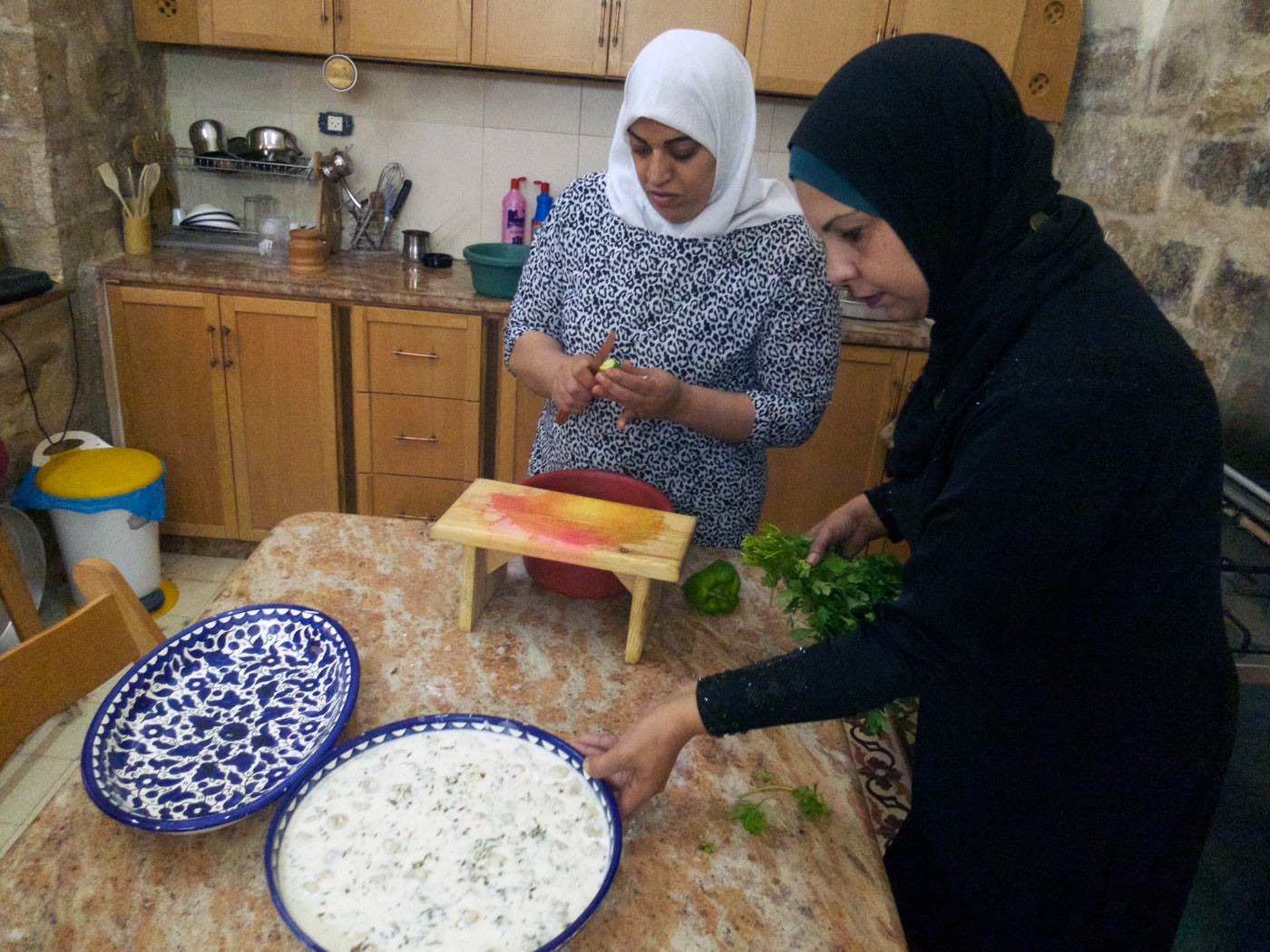
In this stop on their journey, Paul Salopek and his crew learn what the Bait al Karama is and what they do in this place.
Bait al Karama is the “House of Dignity” where women gather each month in a stone house to teach cooking classes. They are also writing a local cookbook. They are reviving their traditional Nablusi recipes, with all the original ingredients.
Salopek and his crew stop to help and learn about the culture while eating.
The next point that I explored on the virtual walk is BEIT HANINA, EAST JERUSALEM.
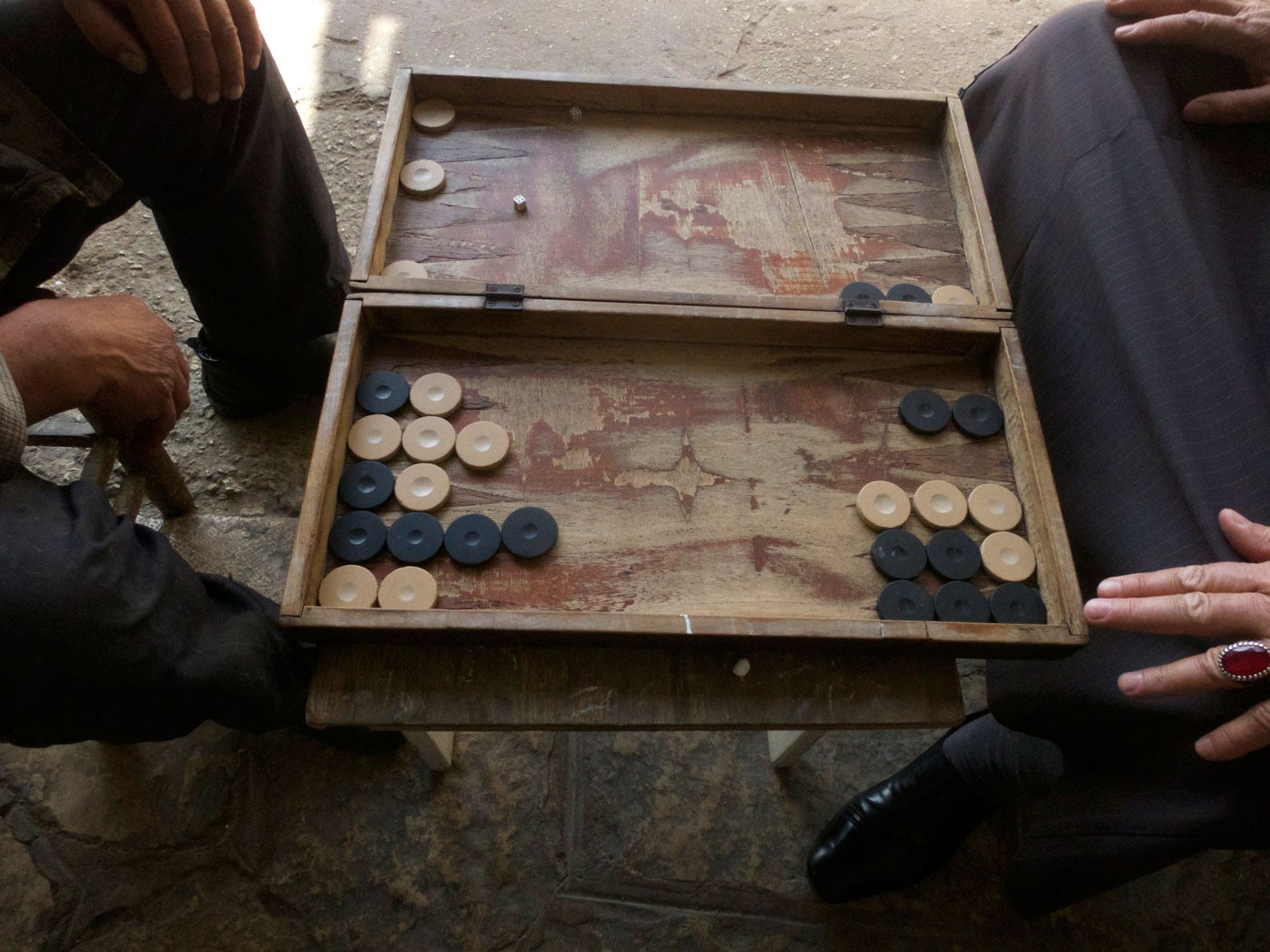
The tribal judge in this village explains to Salopek that he tries to be a mediator and solve problems for people within the community. He speaks on murders and how they work together to come up with fair and just repayment that people can agree to. I found it really interesting that people can choose not to accept this and often those people tend to retaliate with violence of their own.
‘“30,000 to 40,000 Jordanian dinars ($45,000 to $60,000)—that is a typical down payment, an advance. It varies with the sharia codes, of course. Has the victim been killed by a car? Has he been stabbed? The final amount varies with the nature of the crime. After a year, the two families must agree on the ultimate cost. 140,000 Jordanian dinars, total, is a normal amount. The killer’s family will try to get that number down, of course.”
And if the blood money is rejected?
“There are families who don’t accept it. They want revenge. It is rare. But it happens.” The judge holds up both palms in helplessness. “They will kill someone from the other side. We try to prevent this. We always ask for mercy. But if one side says no, that is their right.”’.
The last point that I explored on the virtual walk is NEAR AL QUWEIRAH, JORDAN.
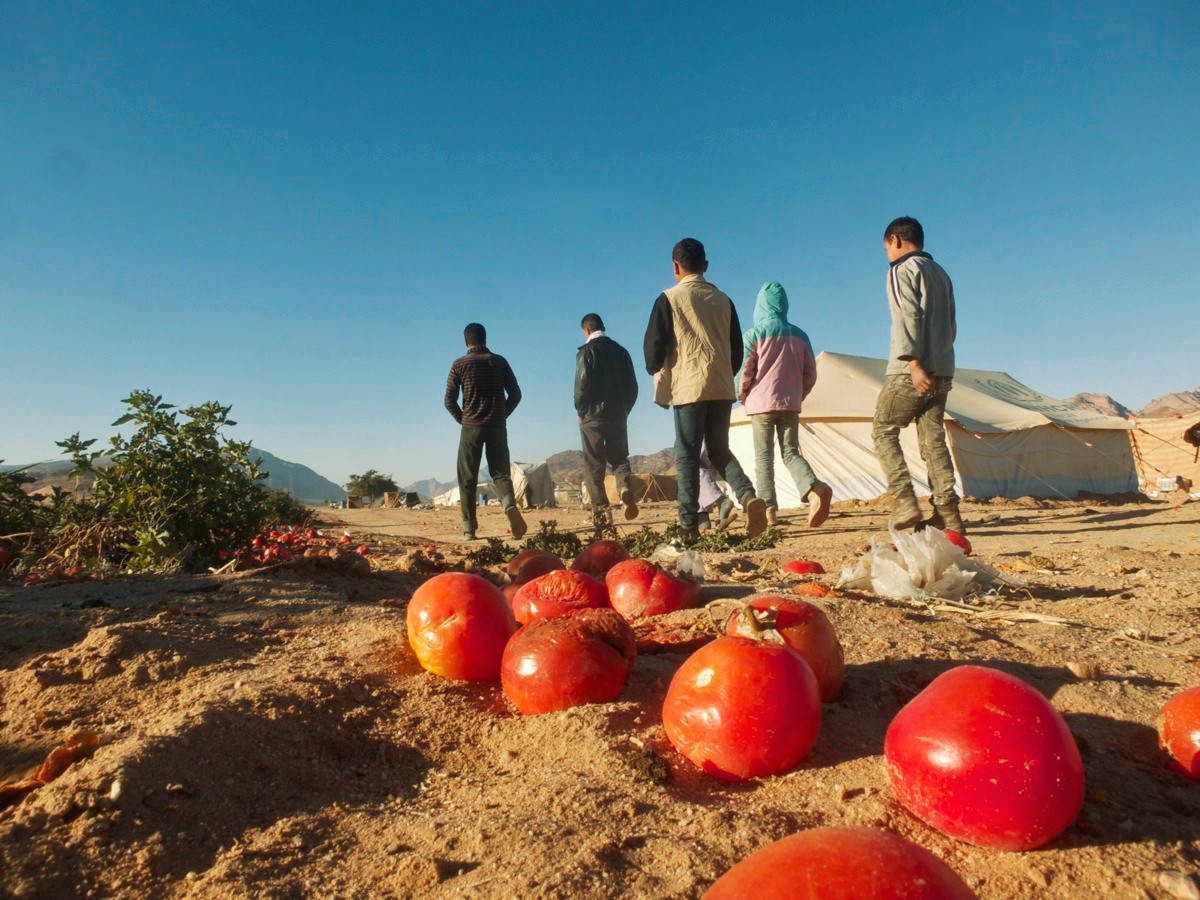
This visit gave Paul Salopek and his crew a new perspective. People in the village talked about their struggles with hunger. They don’t have meat cheese or often bread to eat. The farm for tomatoes to make money to buy food but they have very little.
“Wheat crops were torched. “We burned our family papers, our shoes, to survive the winter,” the man says. “There was no bread. We tried grass to try to stop our hunger.” Then one night he and his family—he sweeps an arm around the tent—grabbed their chance. They slipped through the siege lines and crossed into Jordan.”
Overall, I found this journey to be very interesting as you get to see Salopek meet so many different people and hear their stories and struggles from all around this voyage.
Thanks for reading!
-Carly Thompson
@CThomp2021
Protecting Your Online Reputation with WE
The resource that I used from the WE Virtual Learning website was a lesson for students grades 9-12 called “Protecting your online reputation”. This is a A three-session module that will explore the importance of understanding and protecting your online reputation.
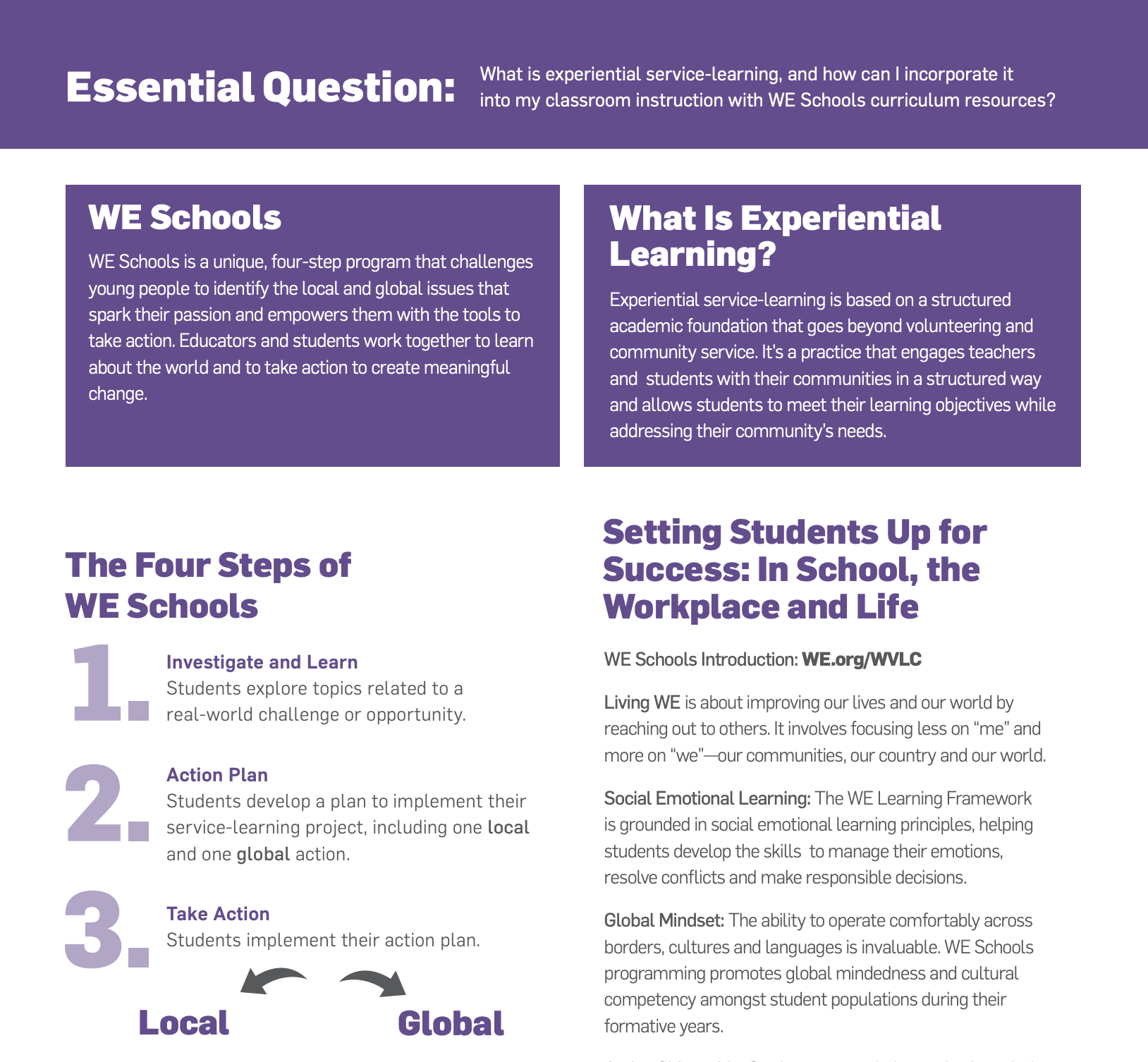
This is such a good lesson to teach to high school aged kids especially in this day and age because it is important for kids to be able to realize the impact of things that they are posting. The internet has become such a huge part of teenagers lives and at times people aren’t careful about what they post as the don’t realize the impact that it has on others and even their own reputation.
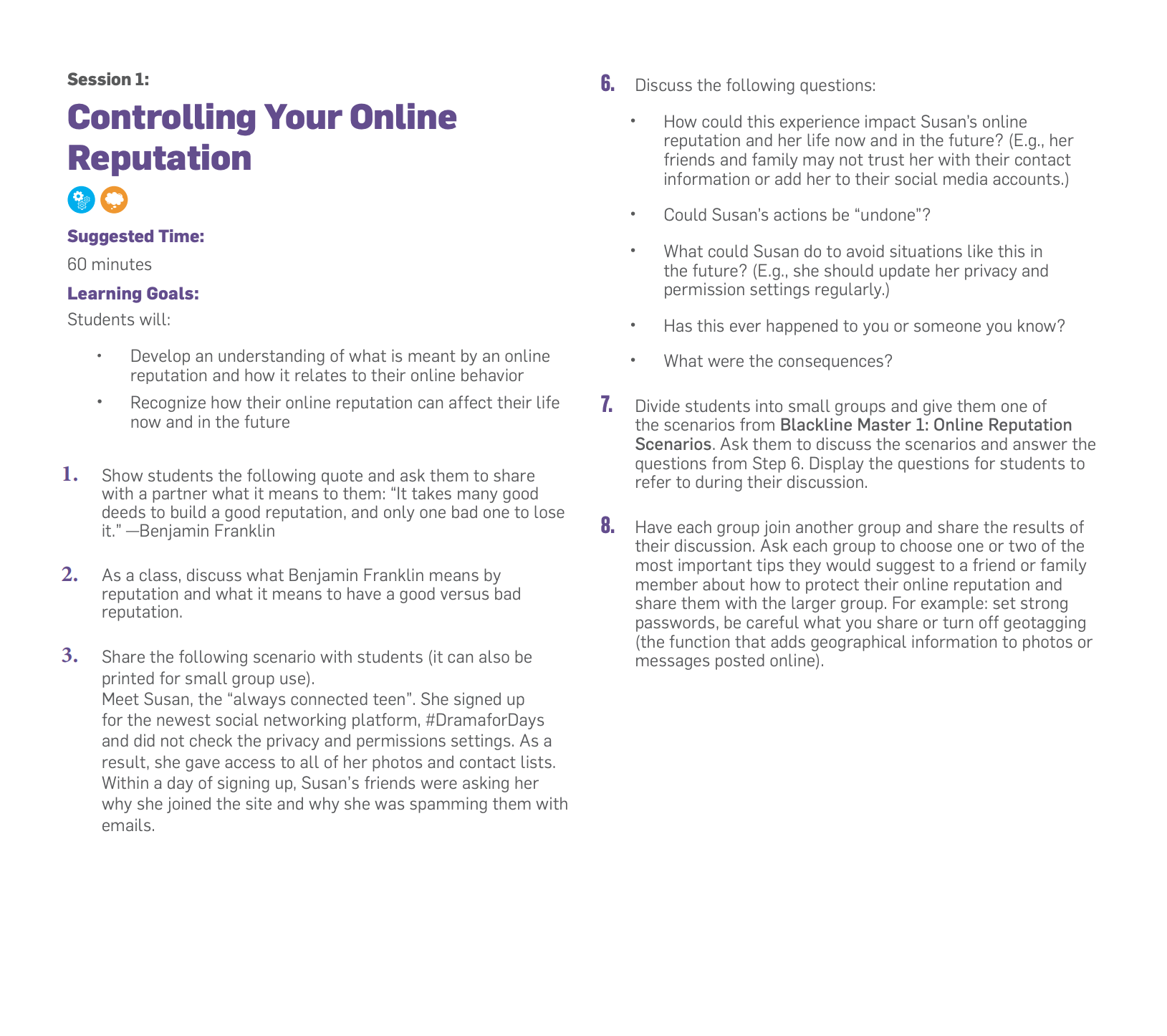
This module is designed to help students understand how their online activity can affect their online reputation and
how their online reputation can impact their life now and in the future. Students will learn about factors that influence
their online reputation and the steps they can take to control it. Specifically, students will explore the risks that online
activity can pose and how to stay safe when interacting online. The structure of this module is flexible enough to be
used by administrators or guidance counsellors, or by teachers inside the classroom as an extension to a Health or
Digital Literacy unit. As preparation, it is advisable for educators to refer to school or district Internet-use and bullying
policies to ensure that the activities in the module align with policy guidelines.
Thank you guys for reading!
-Carly Thompson
@CThomp2021
Diwali Hyperdoc
This week when exploring hyperdocs- what they are and ones that people have used for their classroom- I searched through twitter to hopefully find resources from other teachers. A really fun and interesting hyperdoc that I found was the slide deck hyperdoc, Diwali Interactive Activities.
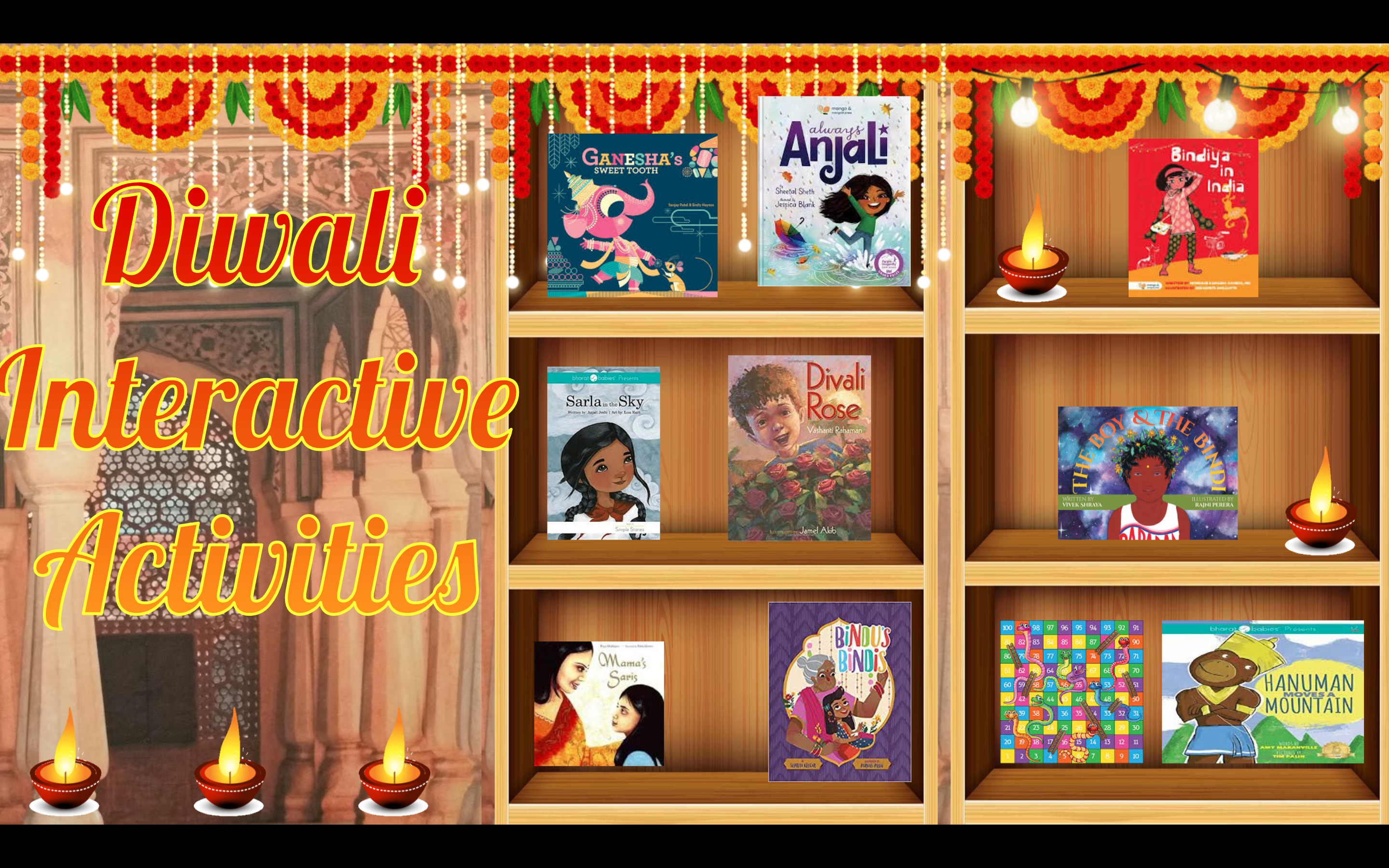
This google slide features a holiday celebrated by many different religions such as Hinduism, Sikhism, Newar Buddhism, Jainism. Diwali is a 5 day festival of lights that falls on a different date each year according to the Hindu lunar calendar. This hyperdoc references different things about the holiday so that kids can learn about it. On the first page, there are books about Diwali that have links embedded into them so that children can read the stories. The slides also include information about what foods are eaten, what traditions are done, and what traditional clothing for this holiday looks like.

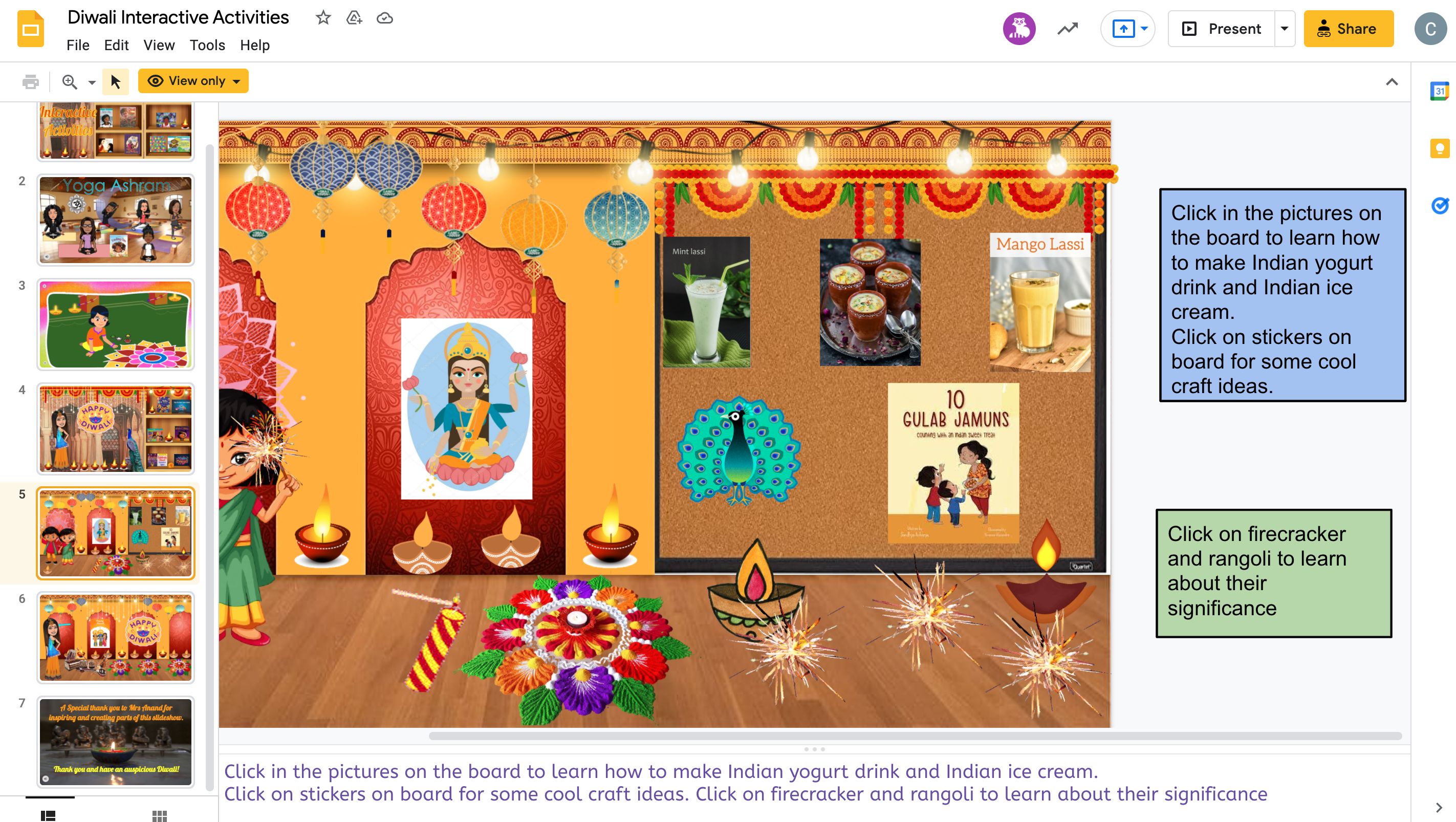
As a future teacher, I would love to use resources such as this hyperdoc in my classroom. I could potentially use this resource to teach my students about Diwali and then have them create a project such as a lantern to help celebrate and be more inclusive on our school.
Thank you for reading!
-Carly Thompson
@CThomp2021
Van Gogh Museum
For my virtual field trip, I decided to try the google art project link. This link lead me to Google Arts & Culture. I decided to visit the Van Gogh Museums virtual tour. The Van Gogh Museum is located in Amsterdam, Netherlands. I chose this as my virtual tour because I am very interested in art ands Van Gogh and I think as a future art teacher it is beneficial to expose myself to the most art related things as possible in order to have knowledge for my students.

This virtual tour allows people to explore multiple floors of the museum, seeing the work that is currently displayed within the museum. Another cool feature of the tour is that when the screen is showing a displayed piece of art, a link shows up in the bottom left corner that allows you to click it and find more information on that specific piece of artwork.
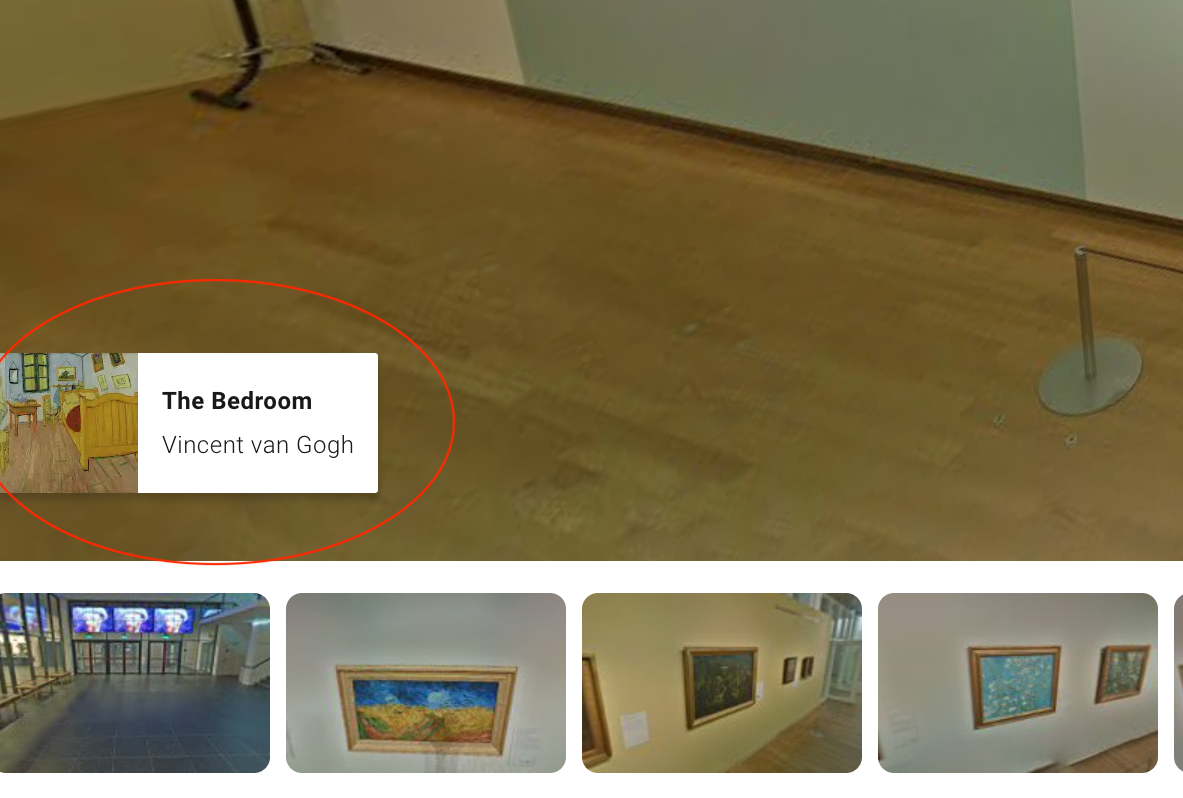
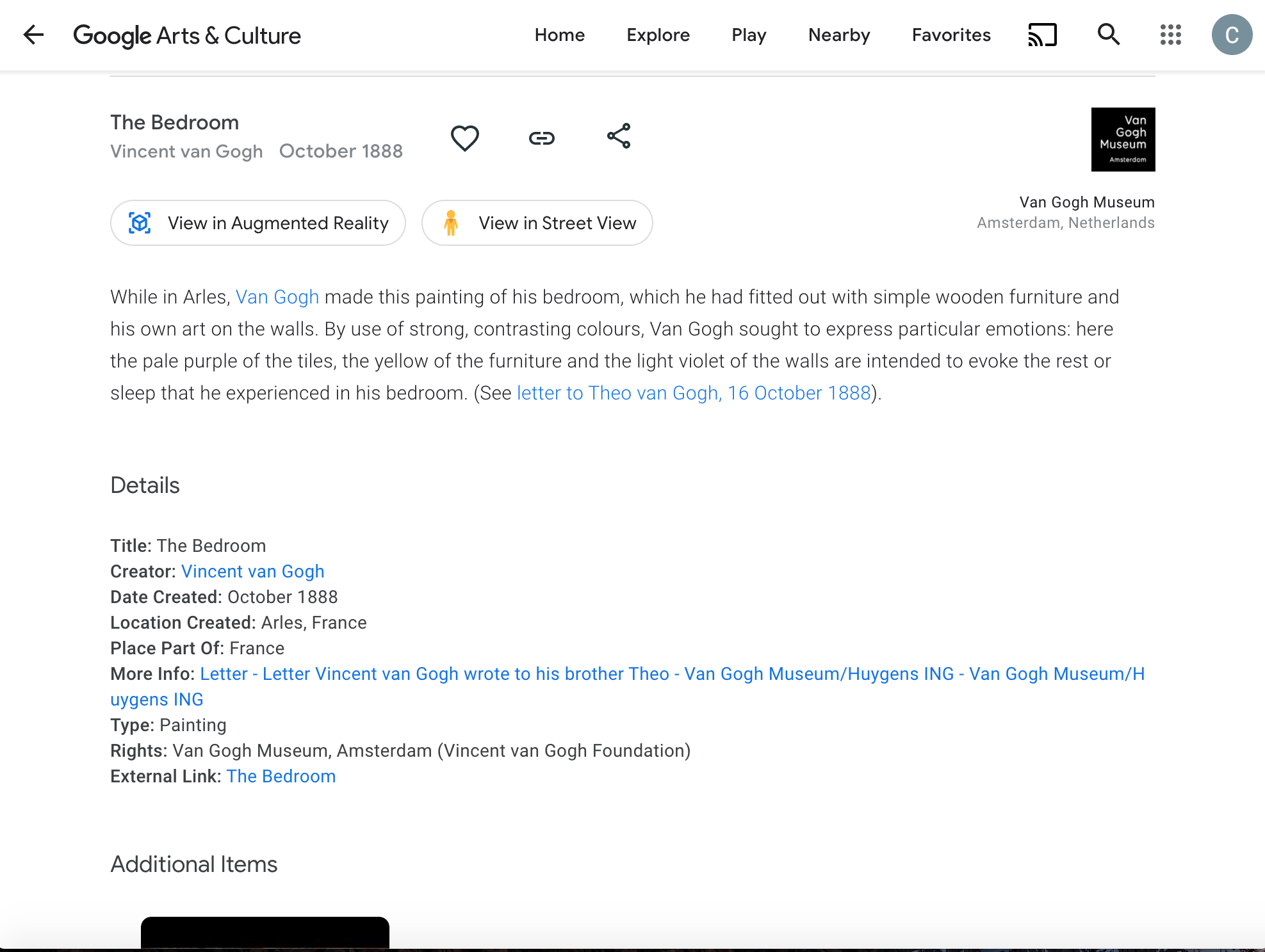
“The Van Gogh Museum in Amsterdam houses the largest collection of artworks by Vincent van Gogh (1853-1890) in the world. The permanent collection includes over 200 paintings by Vincent van Gogh, 500 drawings and more than 750 letters. The museum also presents exhibitions on various subjects from 19th-century art history.
For more information on Vincent van Gogh, please visit the section Vincent van Gogh’s Life on the museum’s website.”
Than you guys for reading!
-Carly Thompson
Boys Over Flowers
This week when looking for an episode or movie to watch, I searched Netflix for shows that were not in English, but included English subtitles so that I could understand the cultural differences. I watched the first episode of a Korean show called Boys over Flowers. This show is “The story of Geum Jan-di, a normal girl who finds herself attending a prestigious private school after saving a student’s life.”
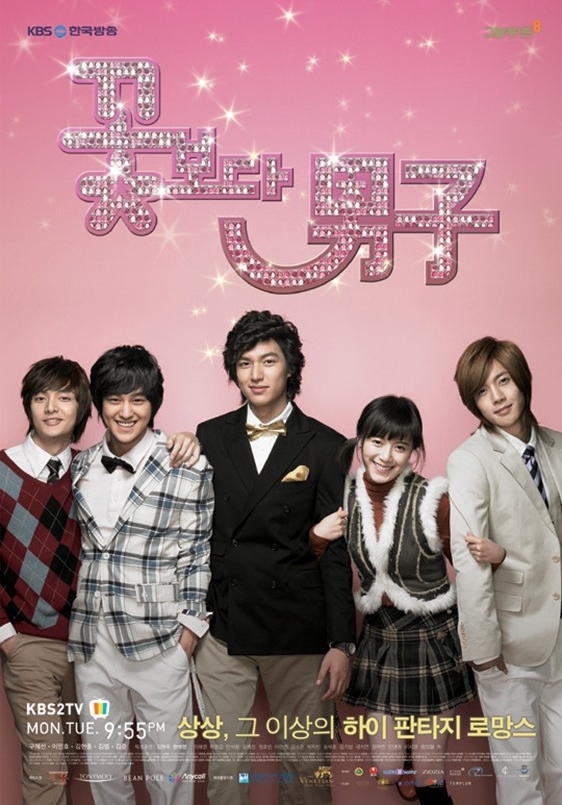
Within this show I noticed immediately differences between our culture and the culture of the show. In the first scenes, students were on campus riding horses ad golf carts to get around. This is not a normal experience for most school in the United States of America.
Something that I found interesting was that they talked about how once students were registered at this certain school, they followed it all the way up to university.
Something similar to our culture that was spoken about in this episode was taking the SAT. Students who didnt go to this school were concerned with getting into college. The people in this episode traveled by train often which is common in large cities with a high population.
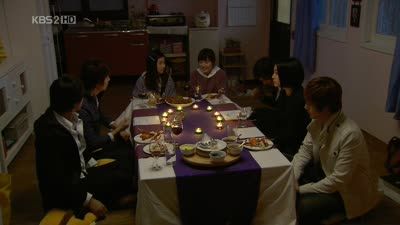
A difference in this culture was the food that they ate. The main character ate foods like rice and some type of meat and so e other foods that I did not recognize. The other characters ate fancier, more expensive Korean foods.
This show touches a lot on the subject of economic situations as the main character comes from a family with no money and the other characters in the school seem to be wealthy. This difference is brought to light throughout the episode.
Thanks for reading!!
-Carly Thompson
Microsoft Sway

In Chapter 2 of “Sail the 7 C’s with Microsoft Education: Stories from Around the World to Transform and Inspire your Classroom”, we are introduced to Microsoft Sway. “Microsoft Sway is a presentation program and is part of the Microsoft Office family of products. Sway was offered for general release by Microsoft in August 2015. It allows users who have a Microsoft account to combine text and media to create a presentable website.”

In order to successfully create a document in Microsoft Sway, there are three main steps:
- Create
- Add Content
- Design and Share
On the Welcome to Sway page, select one of the following:
- Create New – to start from scratch.
- Start from a topic – to have Sway provide base content for you. Type your topic in the Enter a topic box, and then select Create outline.
- Note: If Sway can’t find enough public data for the topic, Sway suggests related topics. Select the most relevant topic, and then select Create Outline.
- Start from a document – to import content from an existing file. Browse to and select the file, and then select Open.
As future educators this is a great tool to show students to help them to focus on content instead of the design when creating projects.
You can use most of Microsoft Sway’s features for free with simply a Microsoft account!
Thanks for reading guys!!
-Carly Thompson
Goal 15: Life on Land

Sustainable Development is development that meets needs of the now without affecting the ability of future generations to meet their own needs. Sustainable Development goals are made for every 15 years. The last set of goals were made in 2015 and a new agenda was created. This agenda for 2030 is “comprised of 17 Goals to drive development over the next 15 years by ending extreme poverty, tackling climate change and fighting inequalities”. The challenge for us is to make sure the goals are carried through in a way that guarantees no one is left behind.
The sustainable development goal that I found most interesting was Goal 15: Life on Land. The goal reads as follows:
I find this goal really important because we need to protect the life on land around us. This life gives us food, medicine, and so many more resources. This goal has 12 targets each related to things like deforestation and preserving ecosystems. This video about goal 15 is a great resource as it discusses the targets within this goal and show visuals:
Watching this video and seeing the information and resources that the United Nations gives us, it was really upsetting to see the ecosystems that have started to diminish. As a future teacher this gives me ideas as to how I can incorporate this into art projects that my students can work on. I believe I could teach my students about sustainable development goals and allow them to choose a goal to represent in a project of their choosing. We could hang them up in the school for other students and staff to see. This would be a great way to get more information out there to people who may be able to help.
Thank you so much for reading!!
What is CSMCL?
CSMCL is the Center for the Study of Multicultural Children’s Literature. This global curricula is used for K-8 classroom resources to help find acknowledged children’s and young adult books that focus around culture.
“Our mission is to preserve the richness of the many cultures in the field of children’s and young adult literature. Further, our mission is to provide children, teachers, parents, educators, students, and librarians access to multicultural children’s books with high literary and artistic standards. The primary objectives include: a) to foster an interest in multicultural children’s literature for young people; b) to promote awareness of the Center for the Study of Multicultural Children’s Literature (CSMCL); and c) to generate excitement in the study of multicultural literature.”
-(CSMCL.org).

How will I use CSMCL in my classroom?
After using this tool and looking around their website, I found it really interesting and a great resource for me as an art teacher because I can use the art style or even find books about art to use in my class. I found a book through this research database called “Maybe Something Beautiful” which is a story about art transformed a neighborhood. I think that this would be something to integrate into my lessons to teach kids about how they can use art in their community.
Thank you guys for reading!!
-Carly Thompson
Virtual Collaboration Tool: “Mindmeister”
As a future educator I think it’s important to think about what ways we can help our students collaborate. Because our world is so technological, there are so many different cool applications that can be used to help people work together. Because of the pandemic, I think that virtual education tools have become so interesting and I look forward to seeing where all of these new tools and resources will lead us in schools all around the world. When researching collaboration, a program that caught my eye was the program called “Mindmeister”.

This application is used as an online collaborative, knowledge-based mind mapping tool that students can use to understand and make connections between concepts, ideas, and information.
As a student and now working towards my degree, it always was helpful to be able to organize my thoughts in a way that makes sense to me. When I am working to create a project, sometimes thoughts come to me randomly and sporadically. A mind map was always a helpful tool that allowed me to place my thoughts somewhere without having a specific order of them yet. This would be beneficial for early stages of students doing a collaborative project virtually.
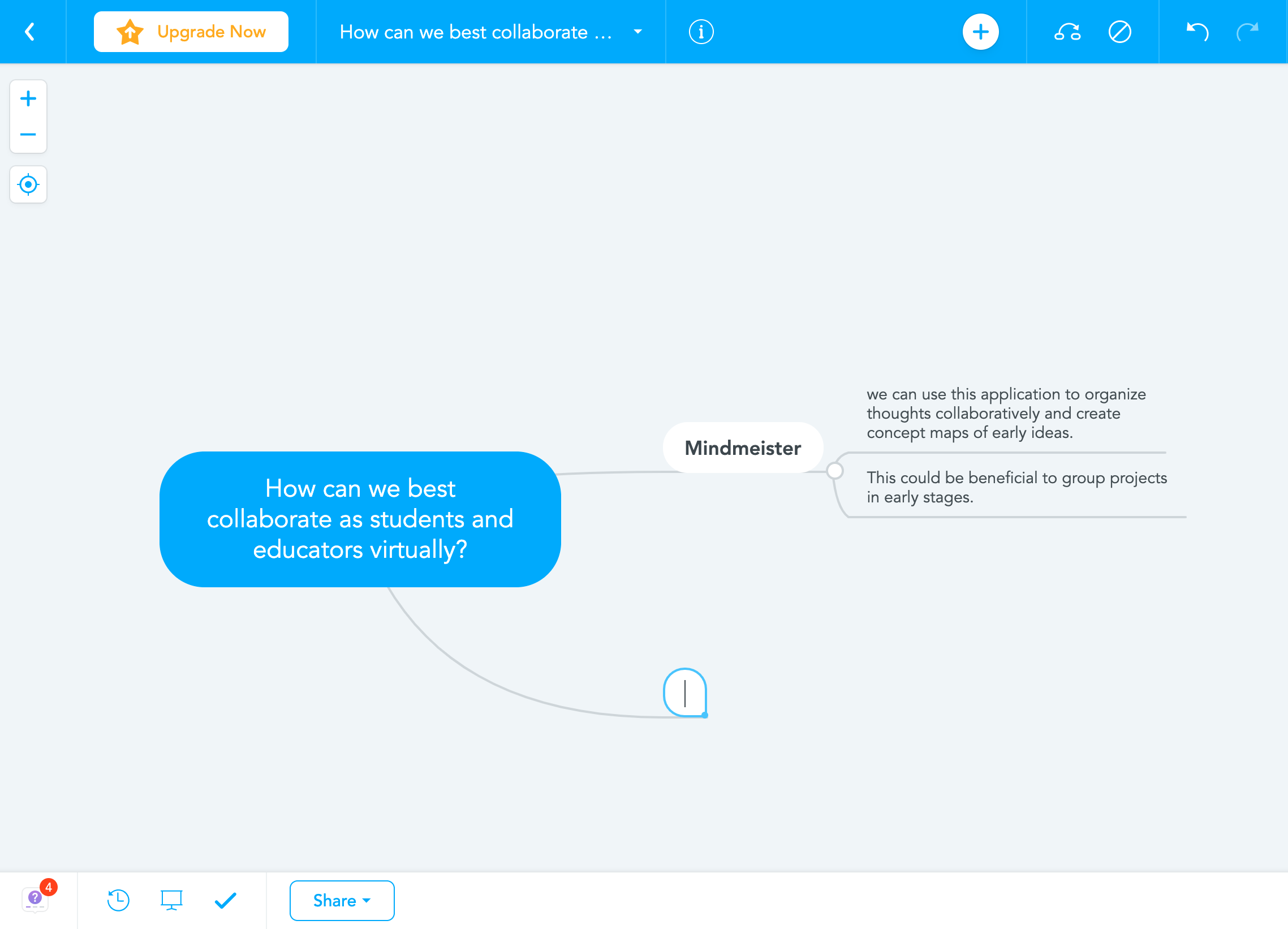
Mindmeister allows a central topic to be made and then smaller topics to teardrop down from it.
This application is also very user friendly as it gave a quick and easy to follow tutorial on how to make a mind map.
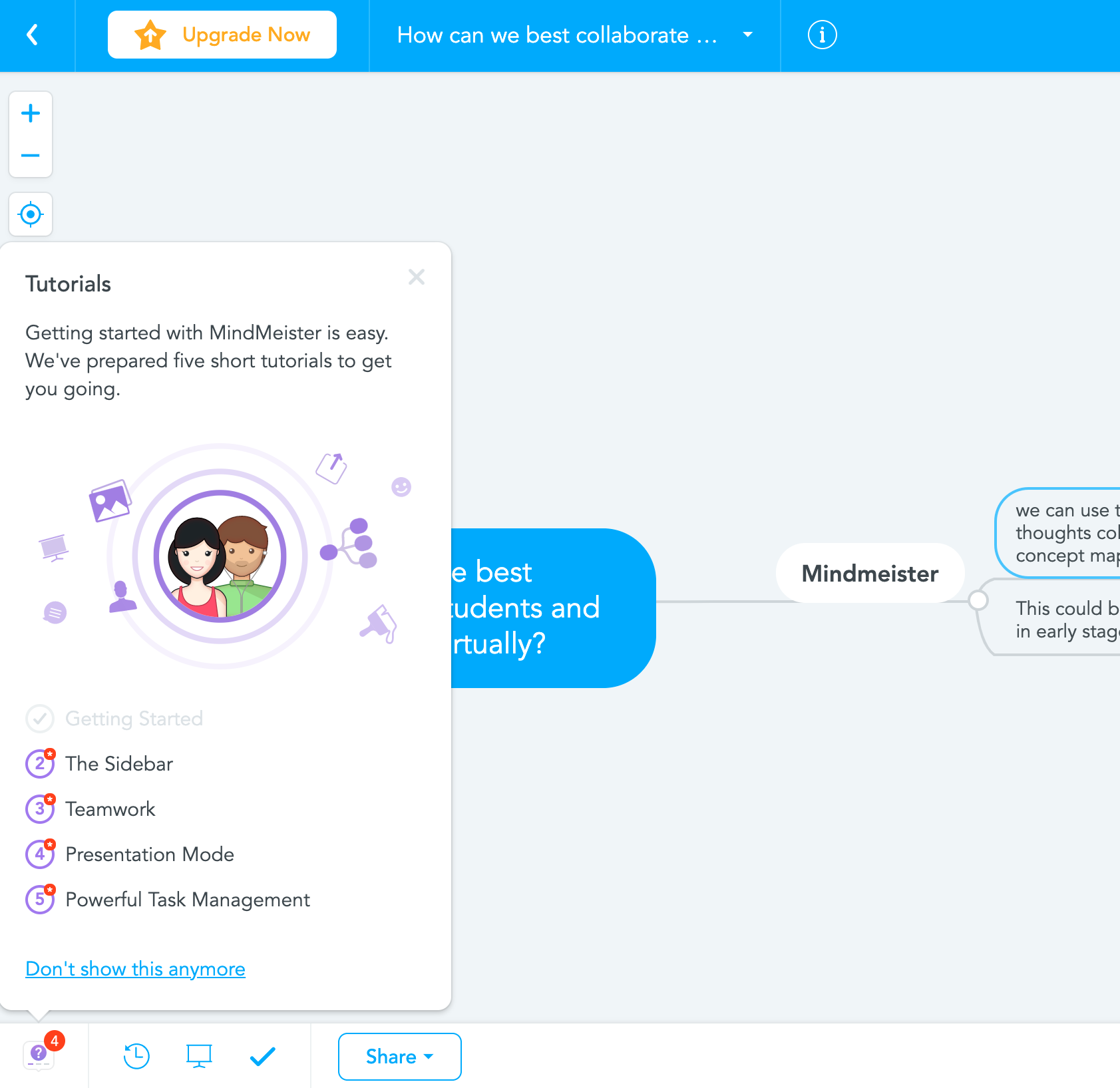
Thank you guys for reading and learning about how to collaborate virtually!
Recent Comments